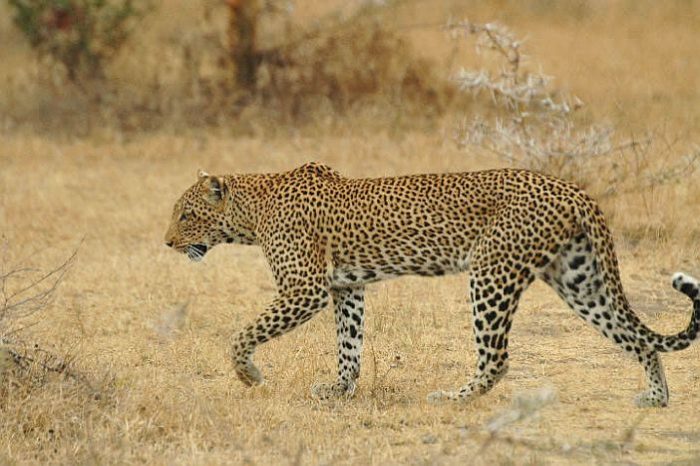Selous offers not only the wild landscapes of the road less-travelled - but boats to see the hippo & crocodile and paths to track elephant on foot.
A safari in Nyerere National Park (formerly Selous Game Reserve) brings you face to face with the continent’s greatest populations of elephant, buffalo and wild dog. Not to mention a landscape that is largely untouched by man. Nyerere (Selous) National Park in the south of Tanzania is now the largest Park in Africa.
A safari in the northern part of Nyerere National Park offers game-viewing on river cruises and unhurried walking safaris. If you prefer wheels to walking, then Game drives are also on offer. The terrain is predominantly miombo woodland. But the Rufiji river feeds a large number of smaller rivers, lakes, swamps, hot springs, sulphurous pools as well as the spectacular Steigler’s Gorge. You should see huge numbers of hippo and crocodile wallow in the cooling waters on a boat safari. The waters are home to pink-tinged pelicans, giant kingfishers and skimmers.
The water in the Nyerere National Park is a lifeline for large herds of elephant, buffalo, zebra, wildebeest, kudu, sable and giraffe. These herds of plains game inevitably attract predators. There are plenty of lions but leopard and cheetah are rarer. However, unlike the northern parks of Tanzania, you may see wild dog in the Nyerere (formerly Selous Game Reserve). These are some of the most rewarding of predators to watch.
Finally the Nyerere is so vast that you may not spot another vehicle on your safari. This is a marked contrast to the busy northern part of Tanzania.

The Nyerere National Park is well-served by safari flights so there are a good number of accommodation options. None of these are large or flash. Those opting for a Selous safari on a tight budget can enjoy pretty good standards at small camps just outside the park.

Back to main Tanzania safari page
We arrange trips to more than 100+ destinations throughout the African continent.
Africa Travel Specialist






This site is protected by reCAPTCHA and the Google Privacy Policy and Terms of Service apply.
Africa Travel Specialist
Keen to get some more useful info about planning a dream safari? Enter your name and email below